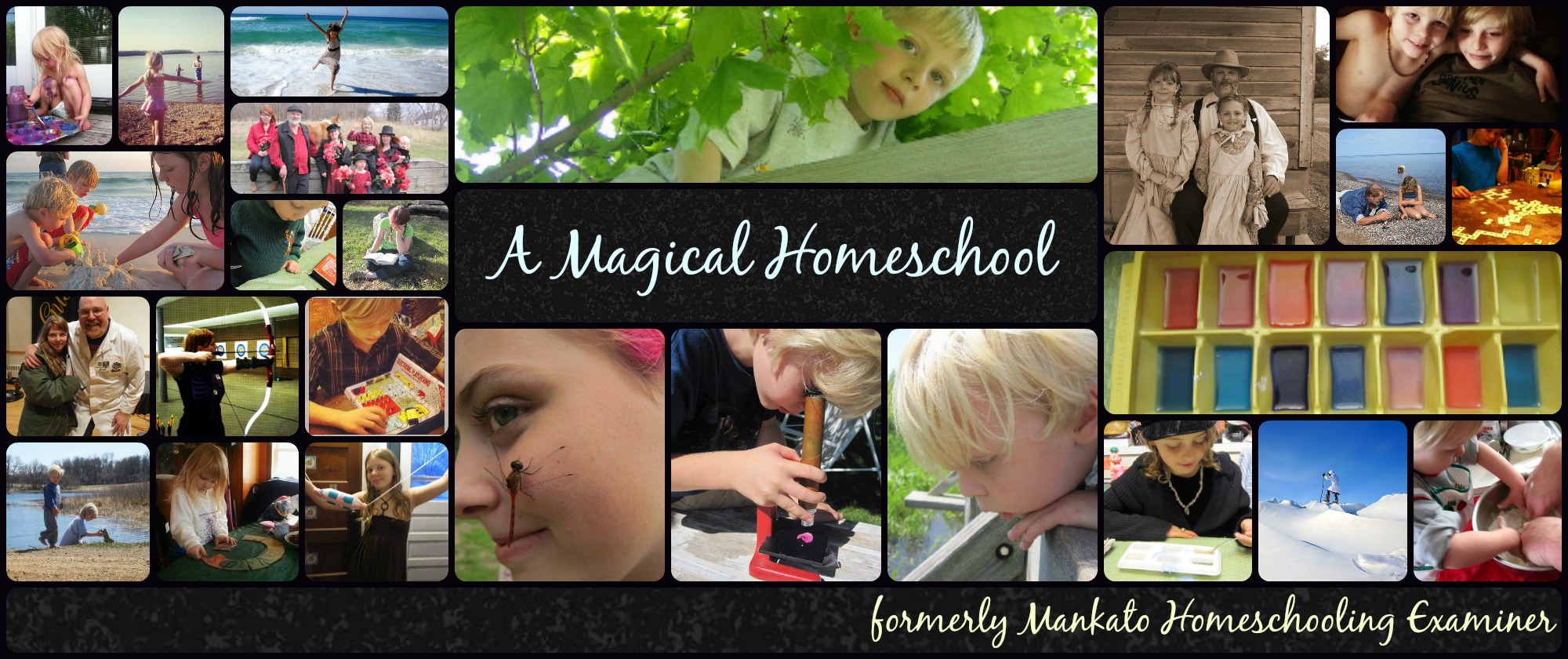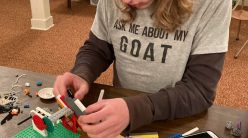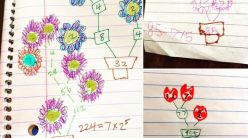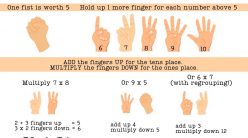Looking for some fun ways to work on your kids’ math skills?
You don’t have to resort to endless drills and worksheets!
Here are ten great ways to work on math through fun.
1. Play Math Balloon Bop

This is a great way to get physical when you’re stuck inside during bad weather and it works with any age.
Just blow up a balloon and bop it back and forth to any math facts. You can string a garland or impromptu net like volleyball or just bop it up in the air towards each other.
The rule is that you have to shout out the answer before bopping it up again.
For instance, you can count by twos and start with two, bop it to your little one, and they shout four and bop it back to you and so on.
If you’re playing with multiple ages, you can have everybody do something different. Your youngest can just add one more each time while an older sibling maybe adds five, for instance. Make it hard for yourself too, to add to the zany panic of trying to answer before it hits the ground! 🙂
2. Do some sugar cube measuring and fun
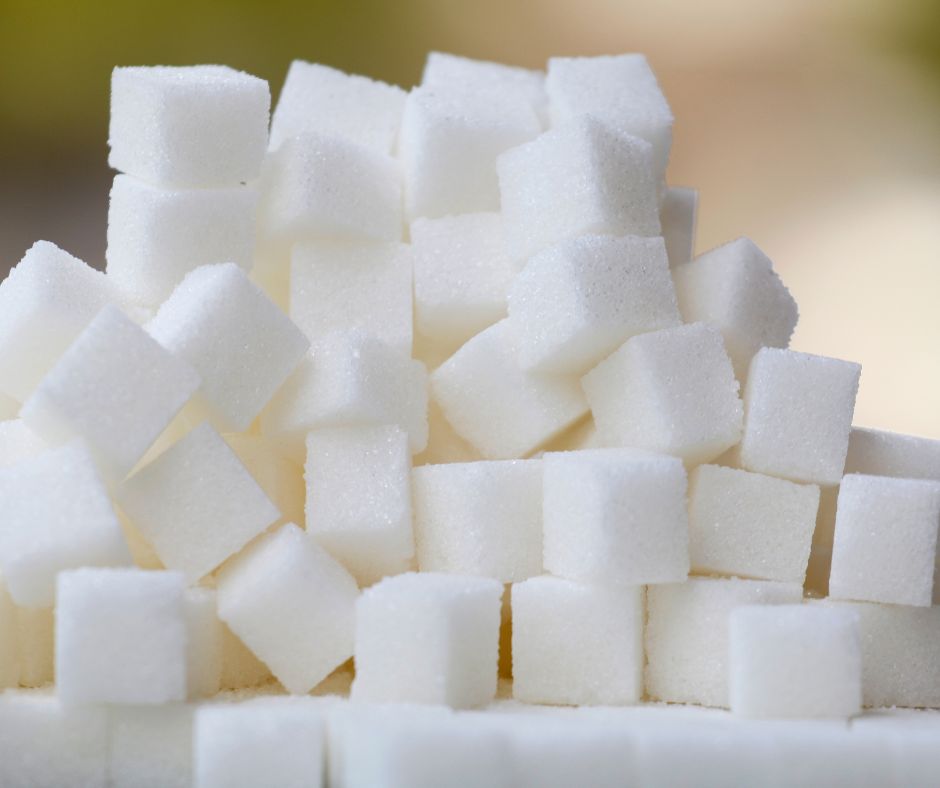
Get a box of sugar cubes and divide them among the kids. Give them small things to measure in sugar cube units and show them how to figure out the items’ area by lining up sugar cubes along the length and width and multiplying the numbers, then have them fill in the area with sugar cubes and see if they get the same answer.
Then have tea with (new) sugar cubes. 🙂
3. Play Roll an Array
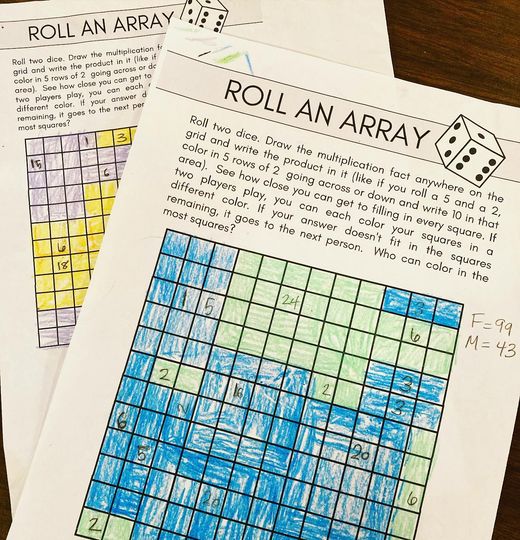
This is surprisingly fun and works for multiple ages. Click here to print a blank one from Canva.
4. Do some fun math activities
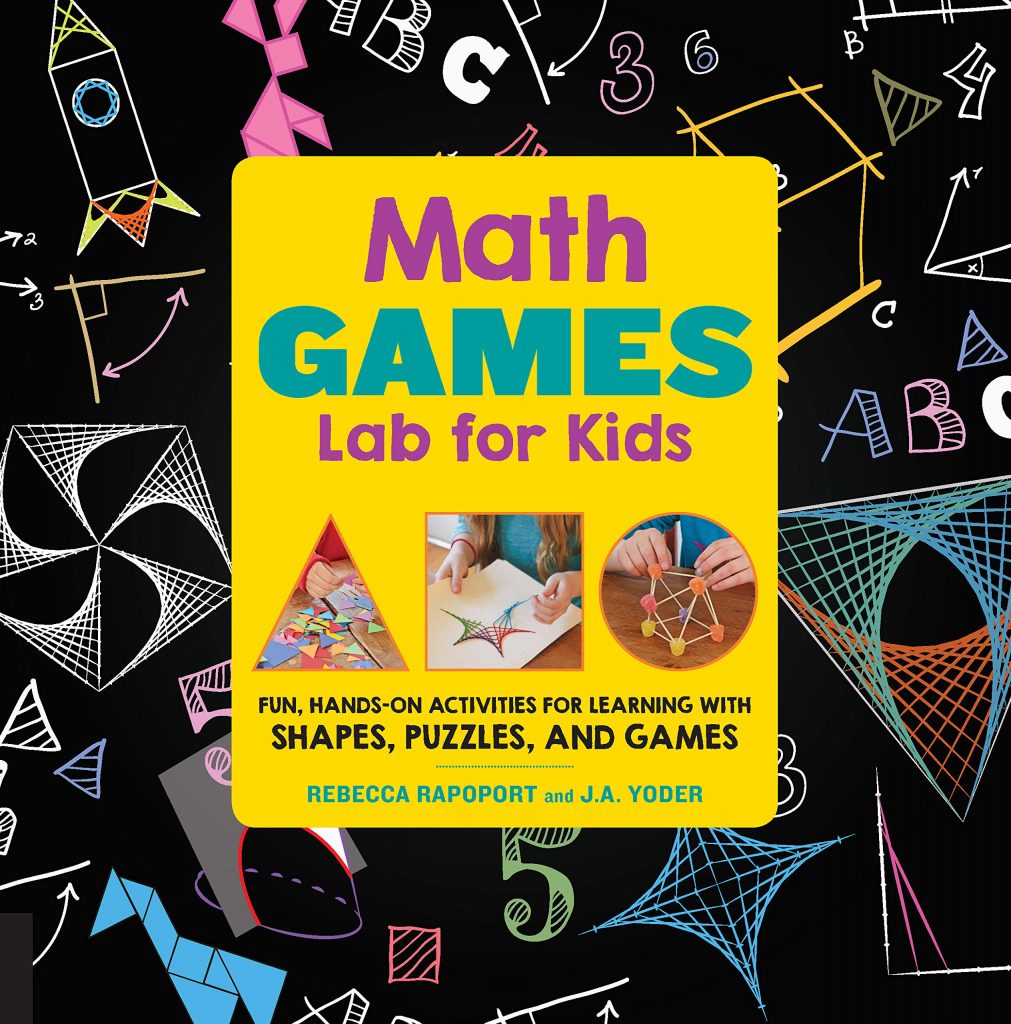
There are all kinds of great math activity books you can borrow from the library or buy online. (Click here to peek inside this fun one!)
5. Put on Maths Mansion
Maths Mansion is perhaps the weirdest children’s show you’ll ever see, but it’s oddly hilarious and does an excellent job at teaching all kinds of math.
It’s a very surreal old British show that features a villain who traps children in a spooky house and makes them do math to escape, with a nice (but also ridiculous) guy who teaches the kids the math concepts. The villain also accosts random real life adults on the street to ask them strange math questions.
It covers some pretty advanced math for a children’s show, too, and gives the kids problems to solve at the end of each show.
6. Play With Numerology
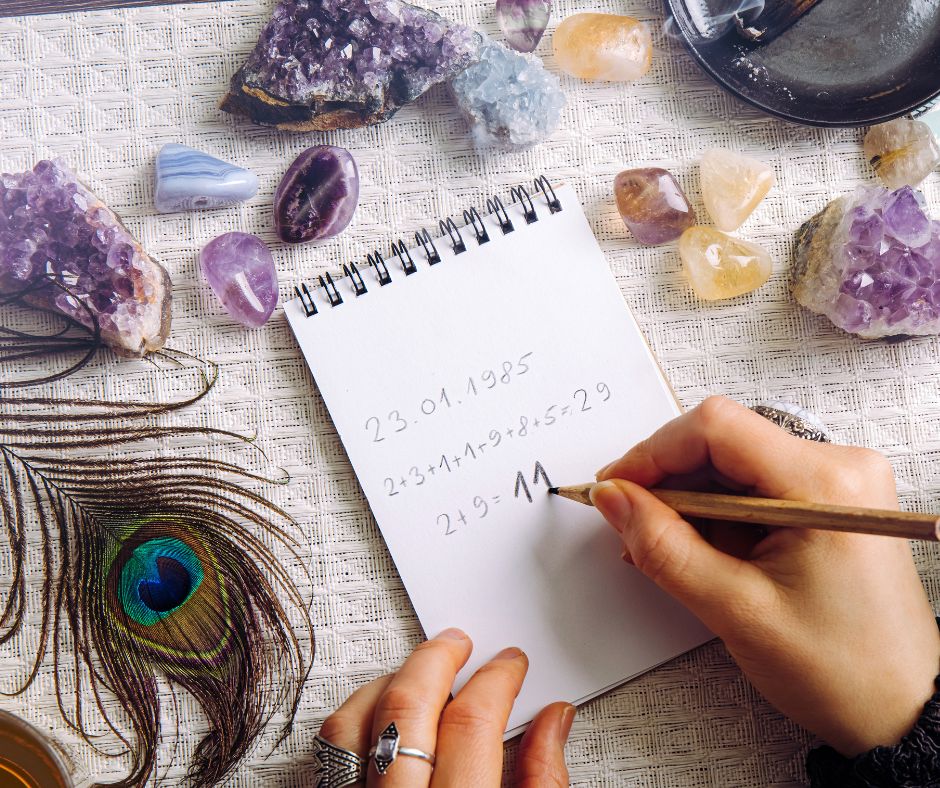
Show the kids how to convert the letters of their names or their birthdays into numbers, add them and figure out what numbers correlate to their names. WikiHow shows you how to do it four different ways and what the numbers supposedly mean about your personality.
Each number has a different significance. In general, 1=initiative, 2=balance, 3=versatility, 4=stability, 5=adventure, 6=dependability, 7=mystery, 8=success, and 9=achievement. WikiHow goes into far more detail.
Be sure to point out that this is just for fun, and not real science! Kids generally have lots of fun playing with numbers in this sort of way, though, and they won’t even notice the math aspect!
7. Help the kids start a sales business
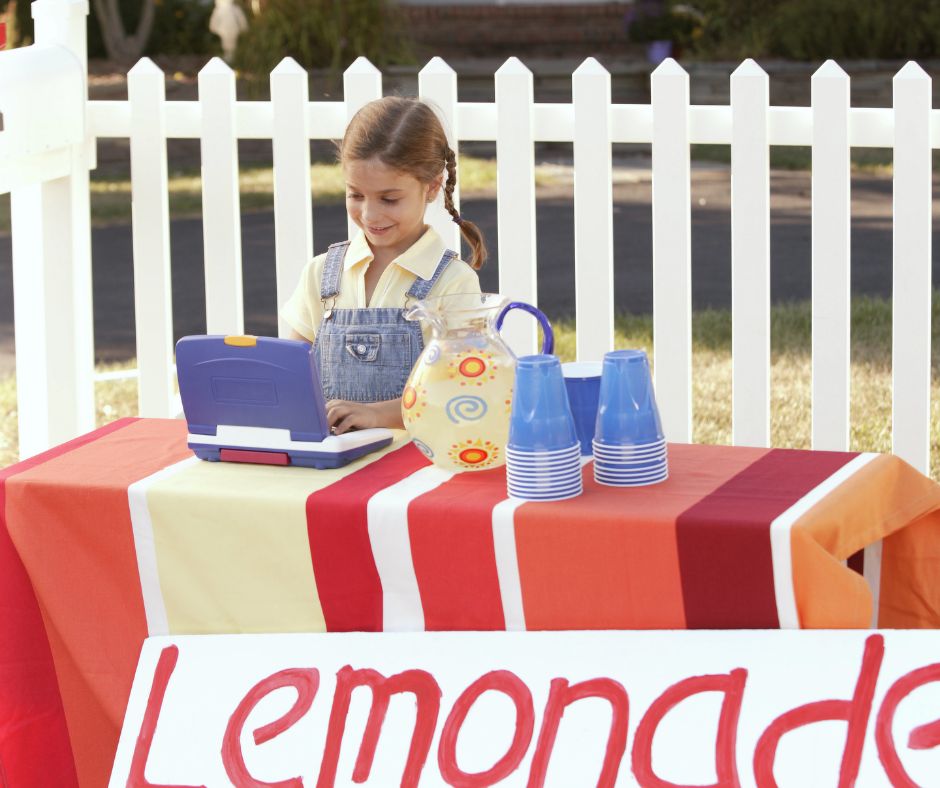
Here’s a great way to see how helpful algebra is! Invite the kids to make or find something to sell for a little extra money — bracelets, lemonade, seashell candles, whatever appeals to them.
Then help them come up with a formula to determine how much to charge.
You’ll generally want to factor in how much time the product takes, the cost of materials, and a little bit of profit.
A formula for selling homemade shell candles might be something like this: (10H + S) ÷ N = cost
H represents an hour and S is the cost of supplies. N is the number of items made.
If it takes two hours to make 50 shell candles, and the shells are free clam shells from the river bank but the wicks and wax were $10 at a thrift store, then the formula would be: ((10×2) + 10) ÷ 50, which is 30 ÷ 50, which is 3/5, which is .60 each. They could round to $1 and still be making $10 an hour for their work and pay for their supplies, with extra profit.
On the other hand, Fiona can make four bracelets in an hour. She got the rubber bands from the thrift store for $10 for a thousand of them, so each one just costs a few cents. If she wants to make $10 an hour, then each one would cost $2.50 not counting materials. Most people won’t spend that on a rubber band bracelet, so how much would she make an hour if she sells them for 50 cents each?
Don’t feel obligated to make the kids do all the math! Just show them how to use it to figure all this out. It’s fine to use calculators. It’s fine to show them tricks to round up and all that. You want them to see that math is a cool tool to help them make money, not something frustrating or confusing.
8. Play darts
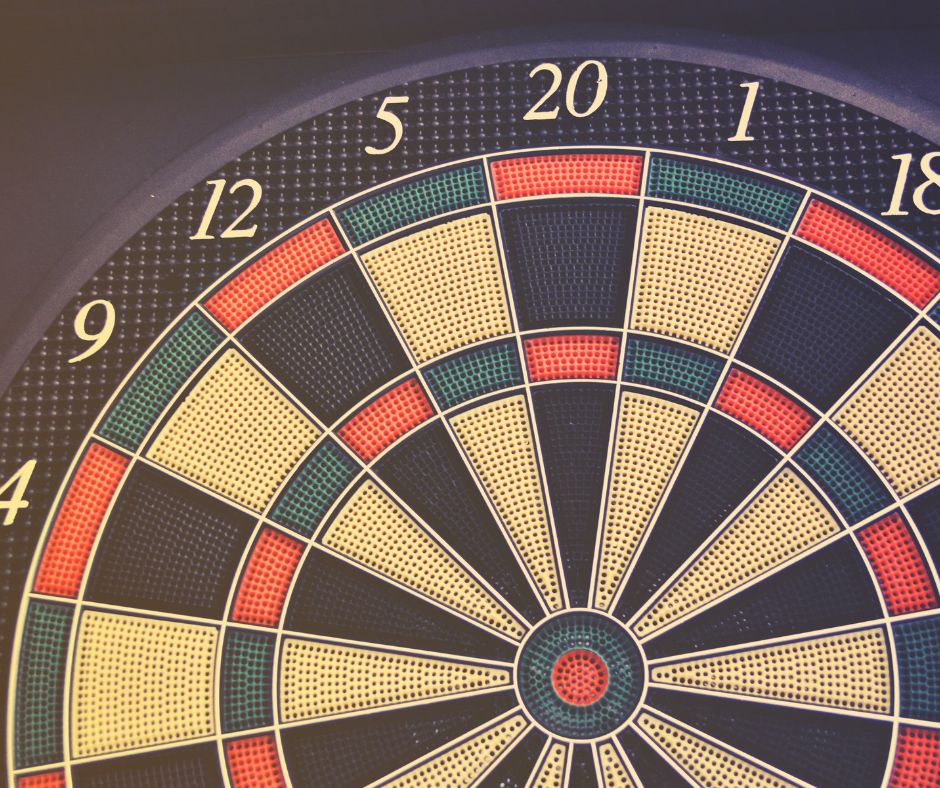
You can pick up an electric dart board at places like thrift stores for just a few dollars, and they’re so fun for math!
The game 301 is one of the most popular games and should be a setting on most electric dart boards. It will work in adding, subtracting, multiplying, dividing and prime numbers — besides being just plain fun!
You take turns tossing three darts at a time trying to get down to 0 from 301 points. Once you get near zero, you bust if you go over and your turn is over. You can hit any number between 1 and 20, bulls eye (25) or double bulls eye (50), plus you can get doubles or triples of 1-20.
The kids will need to figure out what numbers they need to get exactly the points they have left. For instance, if they are down to 51, they’ll quickly learn that that’s triple 17. They can also figure out what combinations of darts they can use to still get zero. They’ll also get good at recognizing prime numbers that make it trickier to get down to exactly zero.
9. Go on an angle hunt
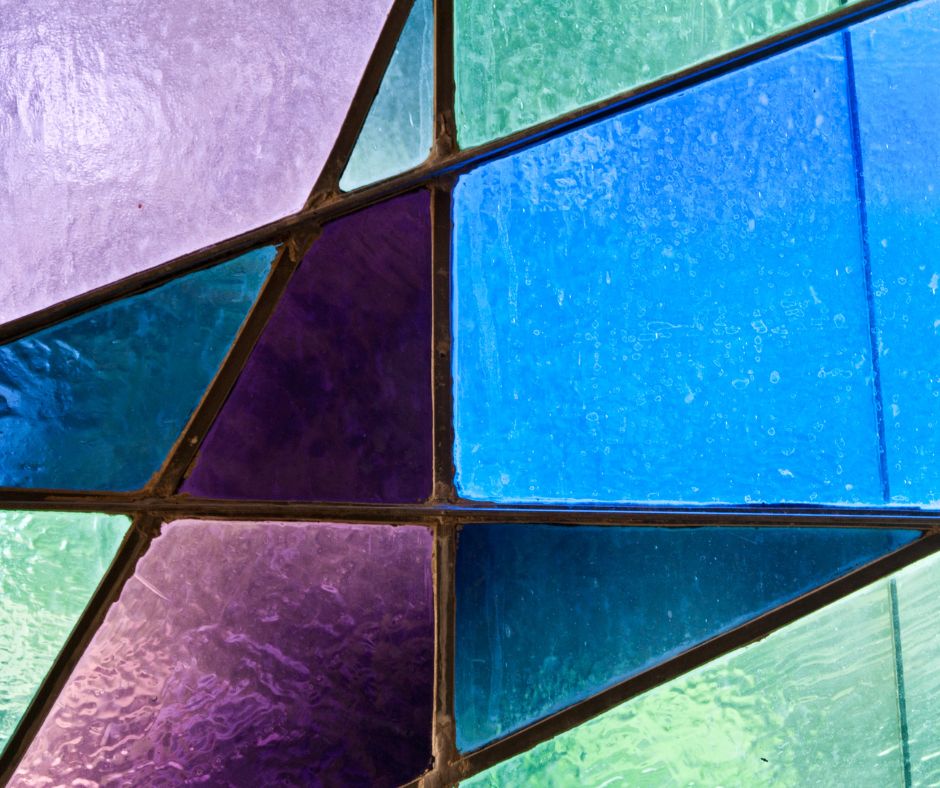
Give the kids a list of angles and angle terms and a digital camera to use. Challenge them to take artistic pictures of things that depict those angles or terms. For instance, the list could include:

- Right angle
- Obtuse angle
- Straight angle
- Acute angle
- Reflex angle
- 90°
- 180°
- 360°
- 45°
Some examples of things the kids could take pictures of to show angles include tree branches to show acute angles, sticks to show straight angles, apples to show 360° and so on.
Take it a step further by…
- Take a protractor outside and have kids make up stick angles to show different angles.
- Use the protractor to measure angles of various natural items.
- Look for different types of triangles such as isosceles triangles, equilateral triangles and right triangles in nature.
10. Make a Math Obstacle Course
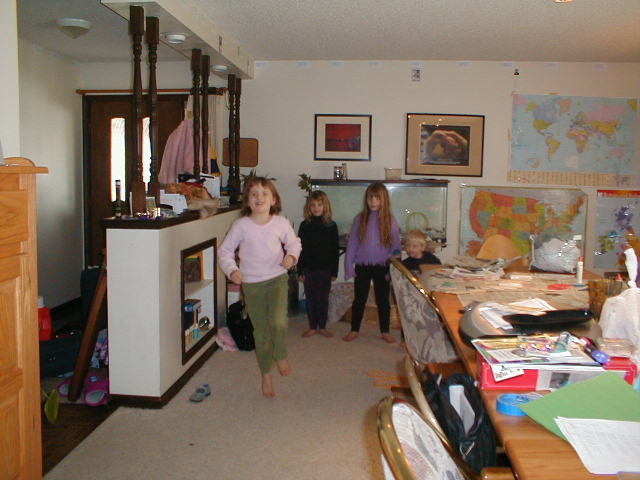
Set up areas of your home with various math challenges in them, incorporating various kinds of math, whatever props you have on hand, and physical challenges. Have the kids take turns going through the obstacle course.
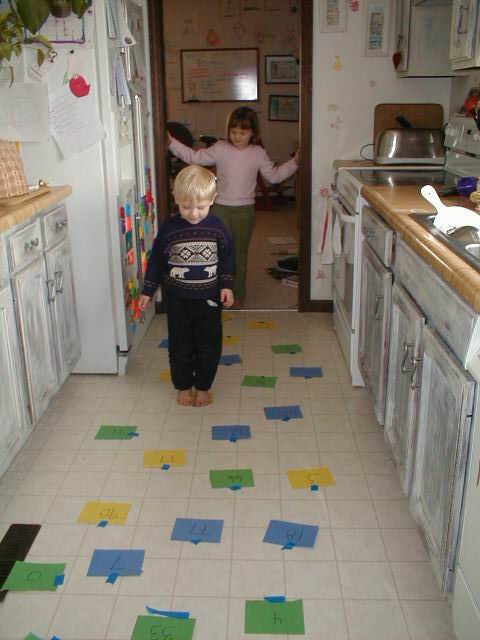
Here are some ideas for sections:
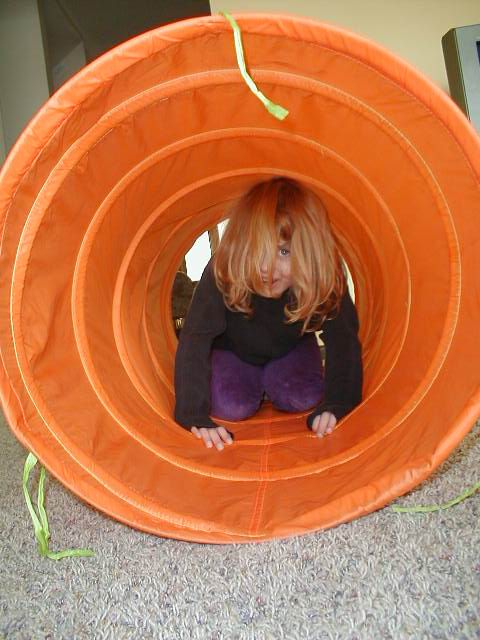
- Tape construction paper lily pads to the kitchen floor with numbers written on them. Instruct your child to hop to the lily pads that answer math questions you call out.
- Put down a board in the living room and a ruler at one end of it. Have the kids measure their feet and then walk the board in order to estimate the length of it.
- Write out some math problems on scratch paper. Write the answers on other sheets of paper. Have the child read the question aloud, crumple the paper, and toss it into the container with the correct answer. For instance, one basket could be labeled 5 and one labeled 8. Little ones can simply match dots or the number’s name.
- Have kids hop across the length of a room counting by 2’s, 5’s, 9’s, etc. (little ones can count by ones, while older kids can do harder numbers).
- Have the kids go up the stairs by math problems. For instance, start at the bottom then go up 9 divided by 3 stairs, now down 4-2 stairs, now up 1×1, and so on.
You get the idea! You can work in fractions, odds and evens, greater than, you name it.
